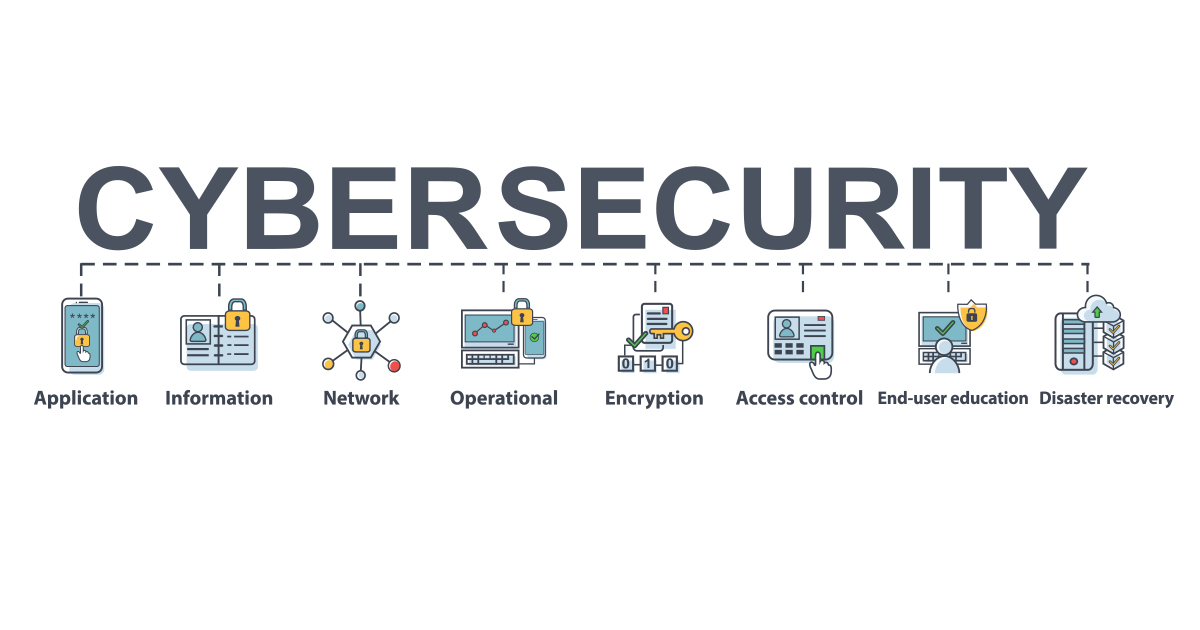
 As our lives become more and more digital, it is important to not only protected text our physical possessions but also our digital ones. With so much of our personal and sensitive information being stored online, it’s vital to know how to guard against cyber attacks and protect our text and data. In this article, we’ll discuss the best practices for protecting your text and data online.
As our lives become more and more digital, it is important to not only protected text our physical possessions but also our digital ones. With so much of our personal and sensitive information being stored online, it’s vital to know how to guard against cyber attacks and protect our text and data. In this article, we’ll discuss the best practices for protecting your text and data online.
Password Protection – One of the first steps to protecting your online data is by selecting a strong password. The password should contain a combination of letters, numbers, and symbols. Avoid using a password that is easy to guess, like your date of birth or your pet’s name. Also, it is recommended that you use a different password for each online account. This will ensure that if one of your accounts is compromised, hackers won’t have access to your other online accounts.
Two-Factor Authentication – Two-factor authentication adds an extra layer of security to your accounts by requiring a code generated by a device in addition to your password to log in. It makes it more challenging for hackers to gain access to your account. Many online services, including social media platforms and email providers, offer two-factor authentication. Go to the settings of your online accounts to enable it.
Encryption – Encryption is a method of protecting your data in transit or at rest by encoding it so that it can only be read by authorized persons with a decryption key. When choosing cloud storage services, ensure that they offer encryption of data. Most reputable providers will provide encryption as part of their services. You can also encrypt your files individually by using encryption software like BitLocker or VeraCrypt for Windows or FileVault for macOS.
Stay Up to Date – Software developers release updates regularly that aim to fix security issues in the software. It is essential to update your software periodically to make sure that you have the latest security patches. This includes not only your operating system but also other software that you have installed on your device.
Be Careful with Your Emails – Phishing attacks are prevalent, and they aim at tricking people into revealing their login credentials and sensitive information. Always be wary of emails from senders you don’t recognize, especially if they ask you to click on external links or download attachments. Also, double-check the sender’s email address to make sure it’s legitimate. If in doubt, you can contact the company directly to verify the authenticity of the email.
Conclusion:
Guarding your text and data online is crucial, and these best practices will help you keep your information private and secure. Password protection, two-factor authentication, encryption, staying up to date, and being careful with emails are the fundamental methods to protected text and data. Remember, it’s better to be safe than sorry, and protecting your digital life should be considered as important as locking your front door.




